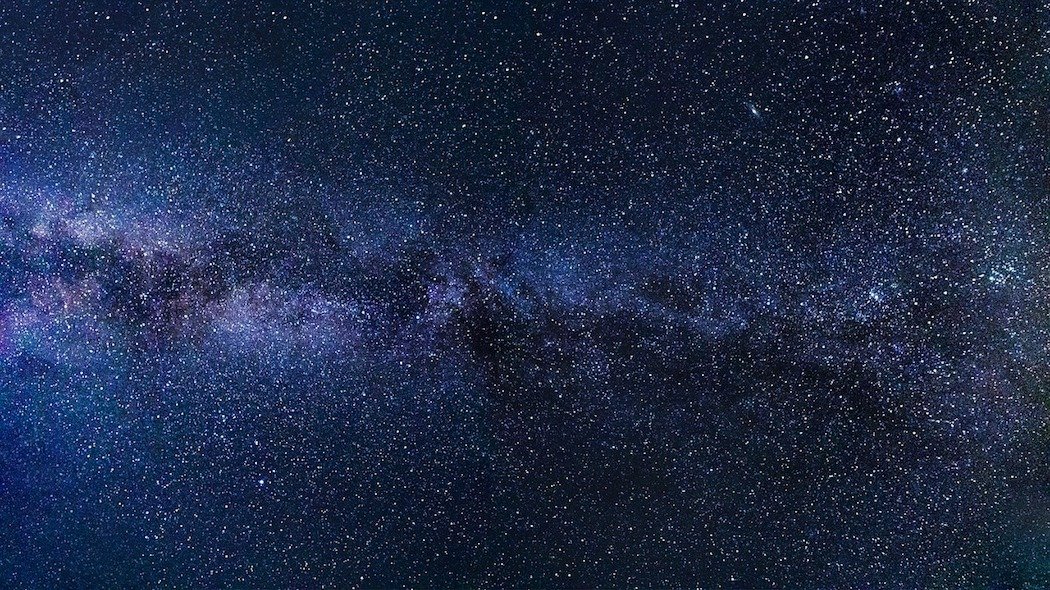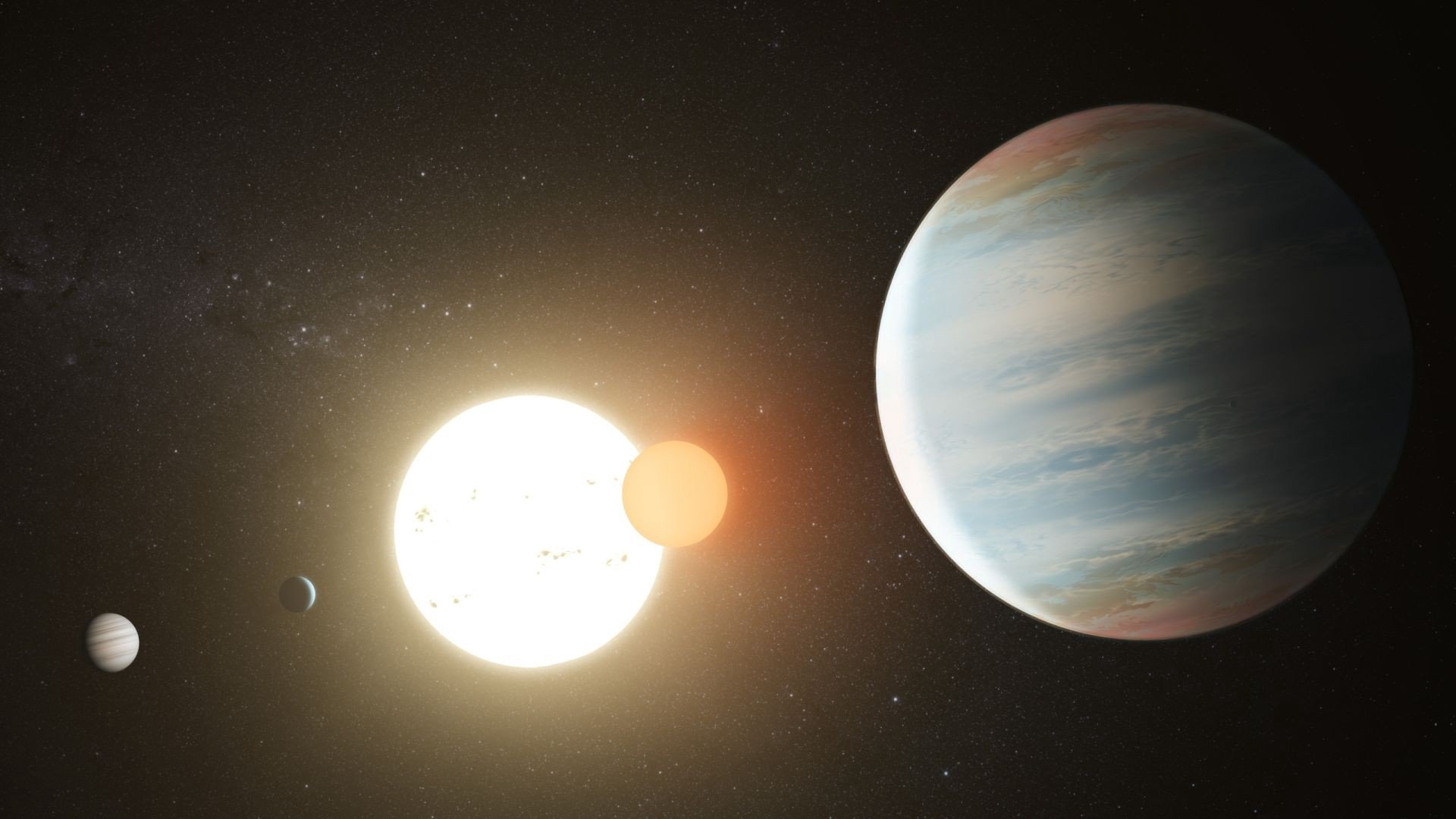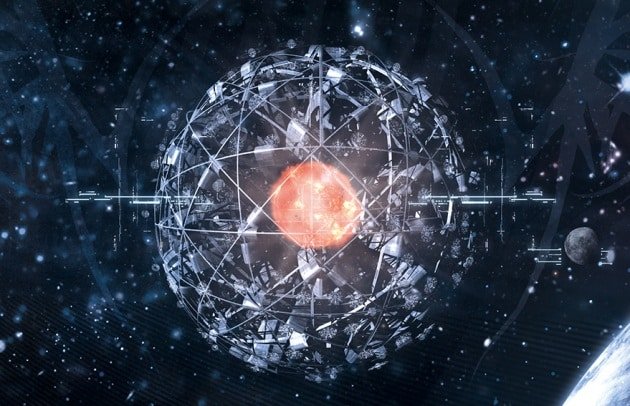© 2000-2023 - Enkey Magazine - All rights reserved
ENKEY SNC - VAT ID IT03202450924 / REA Code CA253701 - Phone. 078162719
Every time that we explore a bit more the cosmos, every time that we go some hundreds of light years a bit further, we find some oddity. Unexplainable phenomenons to which we aren’t able to give a logic explanation and so we are going to wonder how is this possible. If there is something beyond our scientific knowledge or if, even, there is the hand of an extraterrestrial intelligent life. But maybe, at the end of all, it is just because our knowledge of the universe is limited and we aren’t able to accept it. The last big mystery of the universe are two stars real weird: EPIC 249706694 (HD 139139), which strange behaviour remembers us the turmoil that arisen around the characteristics of another strange star, Tabby.
The couple of stars
The couple of stars, called EPIC 249706694 (HD 139139), have been observed for the first time by Andrew Vanderburg and his colleagues of the university of Texas, through the spacial telescope Kepler, of the NASA.
The weird stars are 360 light years away from us and the characteristics observed by the scientists were never observed before.

Once discovered, the stars were observed for 87 consecutive days, during which have been registered 28 strange drops of brightness.
Normally those drops of brightness are observed in the moment when a planet passes in front of its own star, by temporarily or partially obscuring it from the terrestrial telescopes.
But in the case of the couple of stars those drops don’t follow a precise rhythm, but they are totally random, this behaviour isn’t attributable, so, to the normal passage of a planet.
The drops of brightness of the couple of stars
“We observed stars with drops of brightness of different kind for more than 10 years, but it is the first time that we find this kind of variability”.
According to the scientists that published the study, infact, it is really hard to attribute those drops of brightness to the passage of planets, in orbit around the stars.
Normally the drops of brightness are created by the transits, which is the rotation of the planets of the solar system, but in this case, if the answer to the question would be this one, the planets should be really a lot.

It has never been observed and neither assumed a solar system with so many planets, it would really be improbable. So the answer to the mystery must be something else. But how do we explain a phenomenon never observed before?
The case of Tabby
Tabby is another star which behaviour created many reactions not only in the scientific world, but even between the many curious ones. In that case the transits weren’t such several like the ones observed in the two new stars, but it was too much.
Usually, infact, the passage of a planet makes its own star darker for a maximum of the 1%, for planets big at least as much as our Jupiter. But in the case of Tabby, instead, the drop of brightness reached even the 22%.
The inexplicability of the phenomenon brought to the only plausible hypothesis: the drop of brightness wasn’t a natural phenomenon, but an artificial one. The scientists than denied the voice of a super alien structure, by giving other hypothesis.
But, obviusly, many still believe that behind the mystery of Tabby there are extraterrestrial intelligent lifes. As well as many believe that behind the strange drops of brightness of the couple of stars, there isn’t a countless number of planets, but alien structures and vehicles.
The hypothesis about the drops of brightness of the stars
Obviusly the astronomous tried to give a “natural” explanation. Like the presence of many planets or big asteroids in a disintegration phase, but in this case the passages should be repetitive and not random like they are in reality.

Denied the first hypothesis they looked for something else. Like te fact that the drops of brightness should be a phenomenon of the same stars and not of the other planetary bodies.
But this should mean the presence of big sun spots, which activity should be days or weeks long, while, instead, those drops are just a bunch of hours long.
For the moment all the natural hypothesis collapsed and the only one to still stand up is the one of the alien structure. But, obviusly, the scientists want to find other explanations. About it Vanderburg goes on: “The history of the astronomy is littered with phenomenon that seem impossible and often we believe in fabulous hypothesis that as the time goes by drops down: it will be the same even for HD 139139”.
This post is also available in:
 Italiano
Italiano

